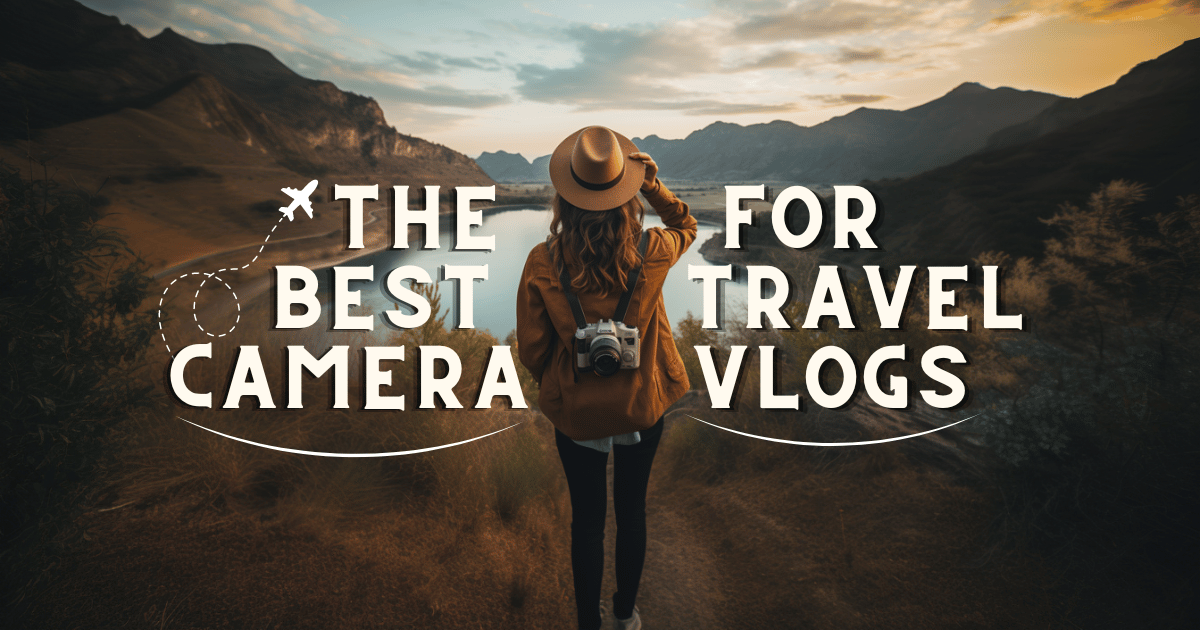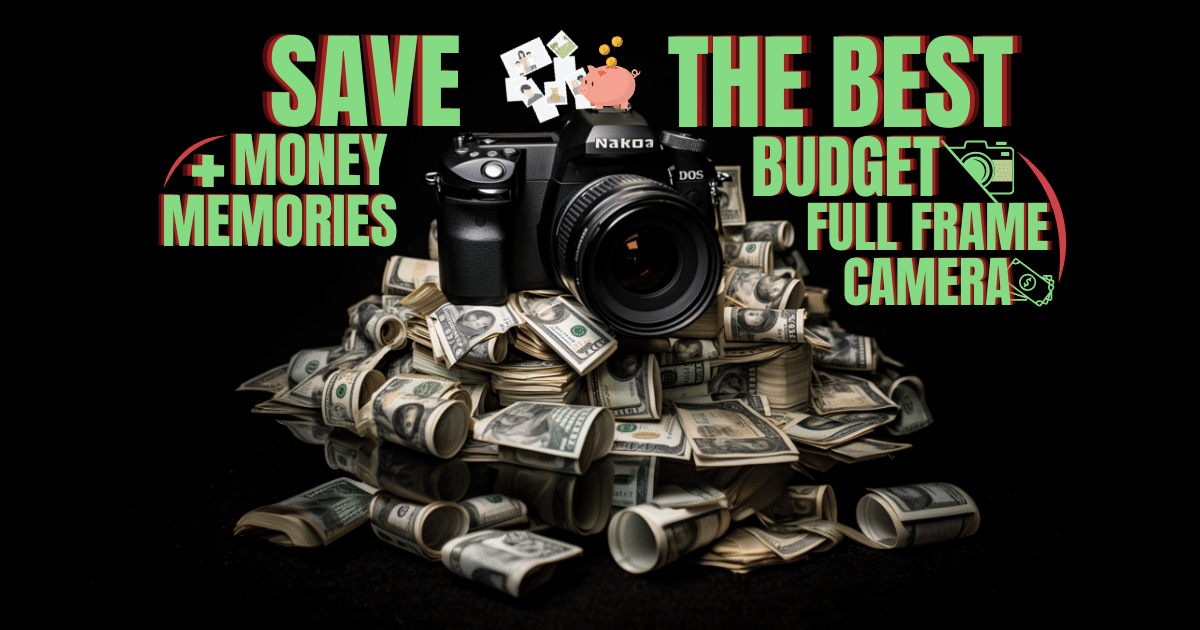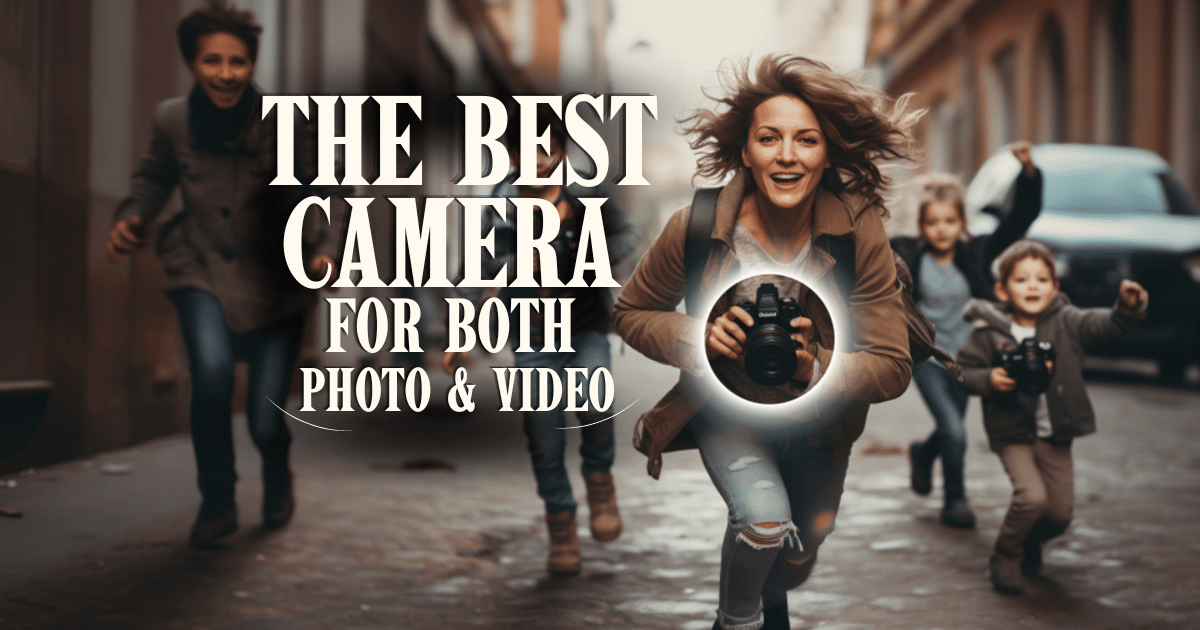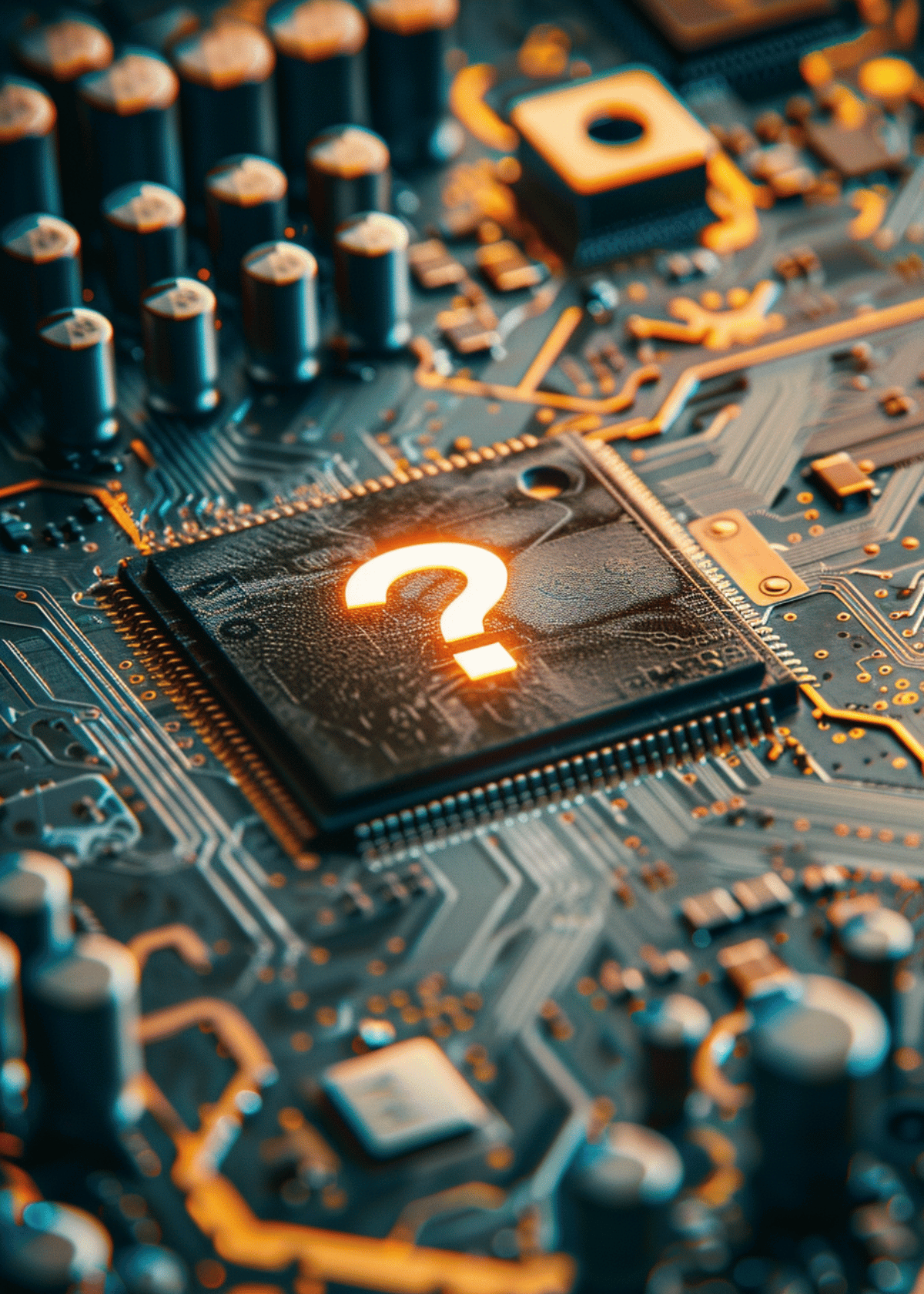Instantly Light Up Your Photography Game With The Best Low Light Camera 📸
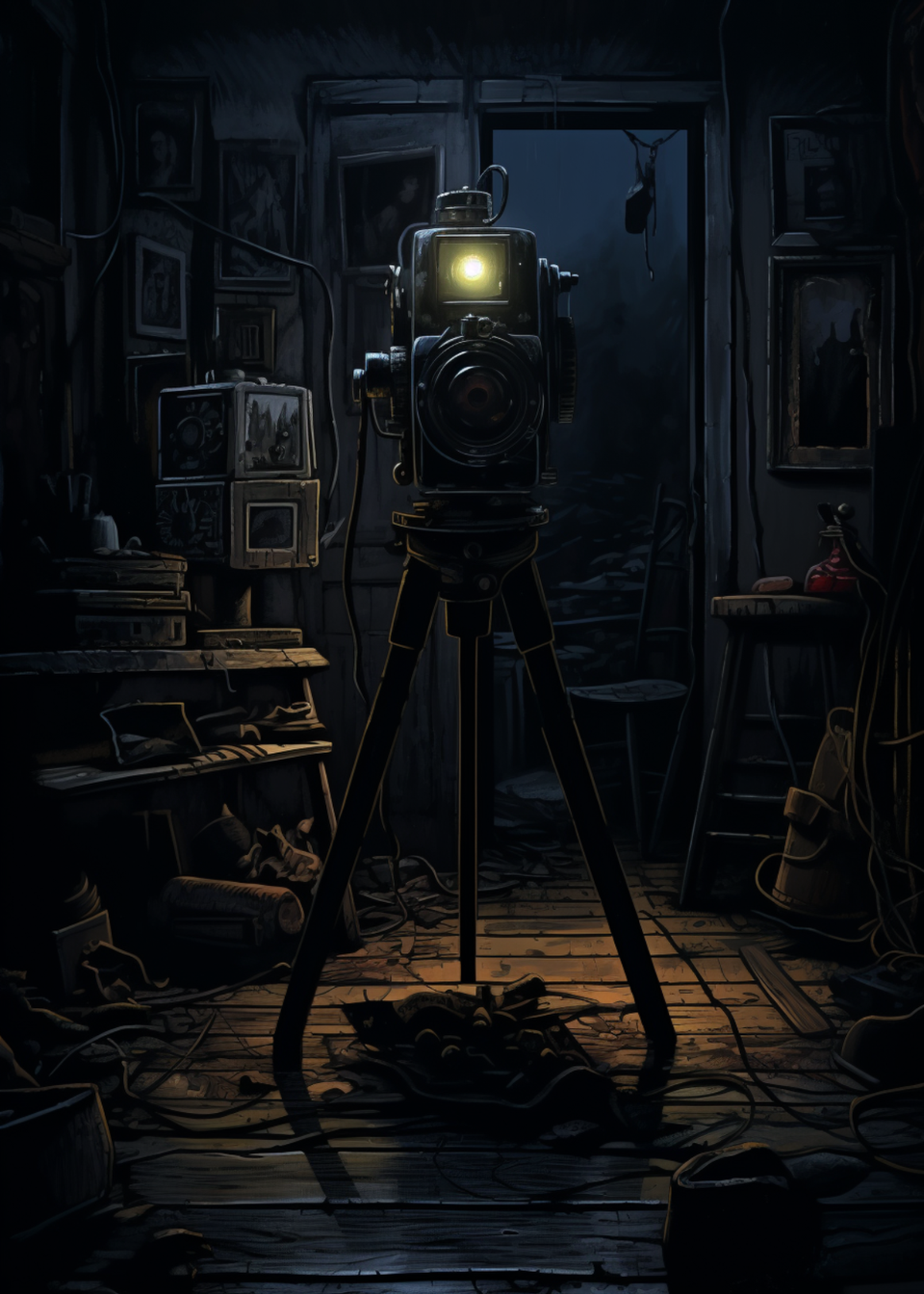
Picking up one of the best cameras for low light photography can take your nighttime photography to the next level, whether you're into astrophotography or trying to capture a cozy indoor scene.
Digital cameras have advanced in leaps and bounds in recent years, with technological developments that allow photographers to take breathtaking nightscapes. If you're a keen astrophotographer, a camera with good low light capabilities, and one of the best lenses for astrophotography can take your snaps to the next level. We've also rounded up the best cameras for astrophotography if you're looking for a camera specifically designed for the night sky. If you're not sure what you need, we've answered some of your burning questions with a low light cameras FAQ.
Our expert testers have taken out the best low light camera offerings from top brands like Canon, Sony, Nikon, and Fujifilm to see how they perform in the field. We've considered a range of budgets and needs. If you're looking for more of a generalist with versatile capabilities, have a look at our guide to the best cameras for photos and videos to see how the industry leaders fared under Space.com's rigorous testing.
1.Best all rounder: The Nikon Z7 II is especially good for astro and low light photography

Nikon Z7 II Mirrorless Camera
Nikon Z7 II Mirrorless Camera (1653) + 64GB Memory Card + Bag + EN-EL15c Battery + Charger + Card Reader + Corel Photo Software + Flex Tripod + HDMI Cable + Hand Strap + Memory Wallet + More
Specifications
Type: Mirrorless
Sensor: Full-frame
Megapixels: 45.7 MP
Lens Mount: Nikon Z
ISO Range: ISO 64 - 25600 (expands to 32 - 102400)
Stabilization: 5-axis sensor-shift Image Stabilization
Key Features:
Excellent ISO handling
Electronic viewfinder is excellent
Reasons to avoid-
Will price some beginners out
Overboard if you're only shooting astro
Buy It If:
✅ You shoot different styles: This camera excels at shooting many different styles of photography thanks to its detailed sensor and processing power.
Don't Buy It If:
❌ You're only shooting astro: The 45.7MP sensor would likely be too much if you only shoot astrophotography, and there are cheaper models out there that will be more suited.
❌ You're a beginner: Although it's gradually coming down in price as time goes on, it's still an expensive camera and will likely price out beginners.
The Bottom Line
🔎 Nikon Z7 II Combines power, speed and precision with a simple interface and organized button layout in an attempt to master all trades — although it would be overkill for just astrophotography. ★★★★½
The Nikon Z7 II tops our list, a few entries above its predecessor, the Nikon Z6 II. Although it's visually identical to the Nikon Z6 II in terms of design, we noticed some beneficial differences regarding image quality and functionality in our Nikon Z7 II review.
The Z7 II camera has one important improvement: dual memory card slots. This lets you select where to store your photos or use one card as a backup. This setup automatically saves every picture you take to both cards. So, isof one card gets damaged, you'll still have all your photos safely stored on the other one. This may not seem like a big deal, but it's extremely useful for professional photographers and gives everyone more peace of mind during their photo sessions.
The other obvious difference is the Z7 II has almost double the number of megapixels — 45.7MP vs. the 24.5 megapixels of the Z6 II, giving absolutely mind-blowing resolution. While this isn't crucial for excellent astro shots (and can sometimes be a hindrance), you may benefit from the extra megapixels if you're going to be producing large prints or shooting other styles of photography, such as landscape or shooting long-lens wildlife photos where stunning detail makes the world of difference.
2.Best DSLR: The Nikon D850 is the best DSLR for low light photography and videography

Nikon D850 Digital SLR Camera
Nikon D850 Digital SLR Camera W AF-S FX NIKKOR 200-500mm f/5.6E ED Lens, 64GB Memory Card, Soft Bag, Rode Mic, Extra Battery (International Model) (Renewed)
Specifications
Type: DSLR
Sensor: Full-frame
Megapixels: 45.7 MP
Lens mount: Nikon F
ISO Range: 64 - 25,600 (expandable 32 - 102,400)
Stabilization: None
Key Features:
Huge stills resolution with excellent cropping options
Outstanding ISO range for a DSLR
Reasons to avoid-
DSLRs are being phased out
Not as good at low light focusing as its mirrorless counterpart
Buy It If:
✅ You're a pro looking for a second camera: Produces high-resolution images without breaking the bank, and it's just about the best DSLR for professional use.
Don't Buy It If:
❌ You want something that's futureproofed: DSLRs are gradually being phased out, so there won't be any newer versions or lenses released as most companies are focusing on mirrorless models going forward.
The Bottom Line
🔎 Nikon D850 A 45.4MP beast, the Nikon D850 will capture every single star you can possibly see and then some, thanks to its wide ISO range — although DSLRs are being phased out in favor of mirrorless models. ★★★★½
Professional photographers love the D850 because it's a true workhorse that can withstand anything thrown at it. It's built with a tough, lightweight magnesium alloy and is completely weather-sealed, durable, and reliable. But even if you're not a pro, you can still benefit from it. The D850 has an impressive ISO range of up to 102,400, which is fantastic considering it's been around for over five years. The full frame BSI CMOS sensor handles ISO noise well thanks to the processing ability of the EXPEED 5 image processor — take a look at our Nikon D850 review for our full thoughts on this camera.
The camera is excellent for shooting videos in low light conditions because it can focus well even in dark environments (down to -4EV). It uses an autofocus sensor module called Multi-CAM 20K with TTL phase detection and 153 focus points. If you need extra light for your low-light scenes, there's a hot shoe and PC sync connector on the camera body to connect external lights, both on the camera and off it. Plus, there's a handy feature called face-priority autofocus, which makes it easier to focus on portrait subjects without switching to manual focus.
Unfortunately, the camera itself doesn't have in-body image stabilization. However, if you use F-mount lenses, you can benefit from Nikon's Vibration Reduction, which can provide up to 4.5 stops of stabilization. This comes in handy when capturing shots in low-light conditions. You can choose from a series of stills when shooting in continuous burst mode that captures up to 9FPS, which may not sound like much, but when you consider each image is 45.7MP — that's a serious amount of data capture. Not to mention, low-light photography doesn't necessarily require fast burst rates. It also keeps up with the competition regarding video, providing 4K30p video recording with zebra stripes that help highlight potential exposure issues in certain areas.
3.Best hybrid model: The Sony A7R IV is in a class of its own and gives fantastic detail even in the darkest shadows

Sony Alpha 7R IV Full Frame
Sony Alpha 7R IV Full Frame Mirrorless Interchangeable Lens Camera w/High Resolution 61MP Sensor, up to 10FPS with Continuous AF/AE Tracking
Specifications
Type: Mirrorless
Sensor: Full-frame
Megapixels: 61MP
Lens mount: Sony E
ISO Range: 100 - 32,000 (expanded 50 - 102,400)
Stabilization: In body OSS
Key Features:
In-body Optical Steady Shot
Awe-inspiring image quality
Reasons to avoid-
An expensive camera
Huge RAW files
Buy It If:
✅ You want insanely high resolution: Currently, this is the highest resolution full-frame camera thanks to its massive 61MP sensor.
Don't Buy It If:
❌ You're a beginner: Not because you wouldn't get on well with it, just because it would likely be overkill and you probably wouldn't need 61 megapixels.
The Bottom Line
🔎 Sony A7R IV An incredible camera that was revolutionary when it was released due to its incredibly detailed sensor. It's expensive, sure, but you can't argue with the quality of the images it produces, although you'll need a powerful computer to be able to process them.
With a huge 61-megapixel resolution, the Sony A7R IV can bring out exceptional detail, even in the darkest shadows. At the time of writing, it is the highest-resolution full-frame camera on the market and shoots 4K max video resolution.
It would make a fantastic option for astrophotographers as it performs remarkably well in low light. Our Sony A7R IV review found that noise only started to creep in after pushing the ISO to ISO 6400.
We've ranked it number one in our best cameras for photos and videos guide, and its astronomy variant, the Sony A7R IVA, is ranked third in our best cameras for astrophotography guide.
The camera's 7.5cm screen is incredibly high quality, with over 1.4 million dots, making the images look fantastic. However, for astrophotography, one helpful improvement would be to have a fully articulating screen, which would be especially useful when taking pictures in portrait mode or pointing the camera upwards to capture the stars. A fully flexible screen like this would make composing and capturing stunning astrophotos from various angles easier and more convenient.
The battery life is equally impressive. During our tests, we surpassed Sony's claim of 670 shots using the rear screen and managed to capture over 2000 shots on a single charge, with the battery still showing 65% power remaining. Based on this, we think you could potentially exceed Sony's claims. However, it's worth noting that astrophotography, with its longer shutter speeds, may consume more battery power.
Considering the massive image sizes, we wouldn't suggest using this camera for sports or action photography due to the buffer lag. However, when it comes to astrophotography, low-light portraiture and landscape photography, you simply can't go wrong with this camera.
4.Best for intermediates: The Nikon Z6 II has great low light autofocusing and exposure metering

Nikon Z 6II 24.5MP Mirrorless Digital Camera
Mirrorless Digital Camera with 24-70mm Lens (1663) USA Model Deluxe Bundle with Sony 64GB XQD Memory Card + Nikon DSLR Camera Bag + Corel Editing Software + Filter Kit
Specifications
Type: Mirrorless
Sensor: Full-frame
Megapixels: 24.5MP
Lens mount: Nikon Z
ISO Range: 100 - 51,200 (expandable 50 - 204,800)
Stabilization: 5-axis sensor-shift
Key Features:
5 stops of image stabilization in-body
Great range of Z-mount lenses perfect for low light
Good value for money, especially for enthusiasts
Buy It If:
✅ You're on a budget: While cameras, in general, are not cheap, this is certainly one of the more affordable options available.
✅ You're making the jump to mirrorless: This would be a great camera to choose if you're switching from a DSLR over to a mirrorless setup.
Don't Buy It If:
❌ You already have the Z6: While there have been upgrades, they aren't substantial enough to warrant upgrading to if you already own the Z6.
The Bottom Line
🔎 Nikon Z6 II The Z6 II is the perfect camera for semi-pros or advanced amateurs looking to make the first leap to mirrorless and could also work well as a second camera for professionals. ★★★★
One of the challenges when shooting in low light is the performance of the camera's autofocus, which tends to search around the frame and face difficulties in dim conditions. However, the Z6 II(and the original Z6) addresses this issue remarkably well. It boasts one of the finest autofocus and exposure metering systems among cameras, allowing it to autofocus even in extremely dark situations, reaching an impressive -6EV. This capability ensures that you can achieve accurate and reliable autofocus performance, even when the lighting conditions are far from optimal.
In our Nikon Z6 II review, one of the things we loved about this camera is that it has eye-detection autofocus and animal-detection autofocus. These clever features automatically keep the focus on your subjects, so you don't have to keep adjusting it all the time. This makes taking clear portraits and pictures of animals much easier, whether you're inside or outside in low-light conditions like dusk or dawn. With this camera, you can effortlessly capture great shots because it takes care of keeping your subjects in focus for you.
The camera can handle any low light shooting with a native ISO range of 51,200 and can be increased to 204,800. Even though it doesn't quite have the highest ISO range in its class, its ISO handling is impressive, with minimal image noise in still images. That's all thanks to using the same image sensor as its more expensive pro model, the Z7 II (see our review of the Nikon Z7 II), but with a drop in resolution, which can help alleviate noise.
When shooting in low light, longer shutter speeds are often necessary to capture enough light for photos and videos. However, this can make it difficult to keep your shots steady. Thankfully, the Z6 II comes equipped with 5-axis in-body image stabilization, which provides up to five stops of stabilization. This feature not only benefits newer lenses but also extends to older F-mount lenses originally designed for Nikon DSLR camera bodies. Even when using non-stabilized lenses with the FTZ lens mount adapter, you can still enjoy up to 3-axis stabilization, resulting in smoother and steadier shots.
Best for beginners: The Fujifilm X-T4 perfectly combines simplicity with top notch technology

FUJIFILM X-T4 Mirrorless
Camera FUJIFILM X-T4 Mirrorless Camera with 16-80mm Lens (Black) - 12PC Accessory Bundle Includes: Sandisk Extreme Pro 128GB SD, Memory Card Reader, Gadget Bag, Blower. Microfiber Cloth and Cleaning Kit
Specifications
Type: Mirrorless
Sensor: APS-C
Megapixels: 26MP
Lens mount: X-mount
ISO Range: 160 - 12800 (with 80 – 51200 extended output)
Stabilization: 6 stops
Key Features:
Excellent ISO range
Articulating screen
Buy It If:
✅ You're upgrading: If you're upgrading from your beginner camera or from an old DSLR then this would be a great option.
Don't Buy It If:
❌ You're on a budget: While it isn't the most expensive camera by any means, there are certainly cheaper options available.
The Bottom Line
🔎 Fujifilm X-T4 Offers a simplified digital experience, coupled with a solid build and features like the insanely high ISO and the articulating screen that make astro and night photography easier to achieve. ★★★★
The X-T4 is an excellent option for low-light shooting and astrophotography enthusiasts. The vari-angle screen makes composing shots much more comfortable than if it only had a tilt screen, particularly if you're shooting in portrait orientation.
Fujifilm's cameras exude an overall stylish aesthetic reminiscent of classic film cameras. However, what sets them apart is their intuitive body-mounted dial controls, which enhance usability even in low-light environments — as long as you can remember which dial controls what function. The 26.1MP APS-C sensor produces excellent image quality, and there is a wide choice of X-mount lenses that fit the X-T4s, adding even more versatility. It's a perfect blend of timeless design and impressive performance.
The Fujifilm X-T4 uses the NP-W235 battery and has a CIPA rating of around 500 shots per charge. During our hands-on Fujifilm X-T4 review, we noticed that the battery life is usually much better when shooting during the daytime, but it tends to drain much faster when taking longer exposures at night. The main downside of this battery type is that you have to charge the entire camera instead of just the battery, so make sure it's fully charged before you start your shooting session.
The X-T4 comes with 6.5 stops of in-body image stabilization (something the X-T30 II lacks), excellent low-light performance, and a high-speed processing engine — ideal for action or sports photography and astro.
We have given the newer Fujifilm X-T5 a review, but we felt that although it does perform well, it wasn't strong enough in low light to warrant a place on this list, so if astrophotography is what you're shooting, we'd recommend saving the extra money and go for the X-T4.
FAQS
Which camera is best for autofocusing in low light?
The Nikon Z6 II and Sony a7S III are the best for autofocusing in low light from our guide because their exposure value goes as low as -6EV. However, another important consideration in low light photography is focus, which keeps images sharp. Autofocusing functions struggle in darker environments, so you'll want to look at how low the exposure value (EV) range on each camera goes. The lower the number, the better the camera will cope with autofocusing in less-than-ideal light conditions.
What should I look for in a camera for low light?
In-body stabilization is vital, especially in dark environments, as it lets you shoot handheld without needing a tripod, making sure video footage isn't shaky and stills come out sharp. For this purpose, you'll also want a camera with a fast lens (or one compatible with fast and wide aperture lenses) to maximize the amount of light coming through the image sensor. For more in-depth guidance about choosing lenses for low light photography, check out our guides to the best lenses for astrophotography and the best zoom lenses.
Design and ergonomics are other factors to look out for when choosing a camera. Not just for aesthetics — some people prefer on-screen menus whereas some prefer buttons or dials. Consider whether you'll want something more portable and versatile, or a specialized camera dedicated solely to low light photography.
Tied into these considerations is, of course, your budget — we've included cameras at various price points, so you'll be sure to find something that works for you.
How we test the best cameras for low light photography
To guarantee you're getting honest, up-to-date recommendations on the best cameras to buy here at Space.com we make sure to put every camera through a rigorous review to fully test each product. Each camera is reviewed based on a multitude of aspects, from its construction and design, to how well it functions as an optical instrument and its performance in the field.
Each camera is carefully tested by either our expert staff or knowledgeable freelance contributors who know their subject areas in depth. This ensures fair reviewing is backed by personal, hands-on experience with each camera and is judged based on its price point, class and destined use. For example, comparing a 60MP full-frame mirrorless camera to a sleek little crop-sensor DSLR wouldn't be appropriate, though each camera might be the best-performing product in its own class.
We look at how easy each camera is to operate, whether it contains the latest up-to-date imaging technology, whether the cameras can shoot high-quality stills photos and high-resolution video and also make suggestions if a particular camera would benefit from any additional kit to give you the best viewing experience possible.
More Cameras ⬇📷⬇
